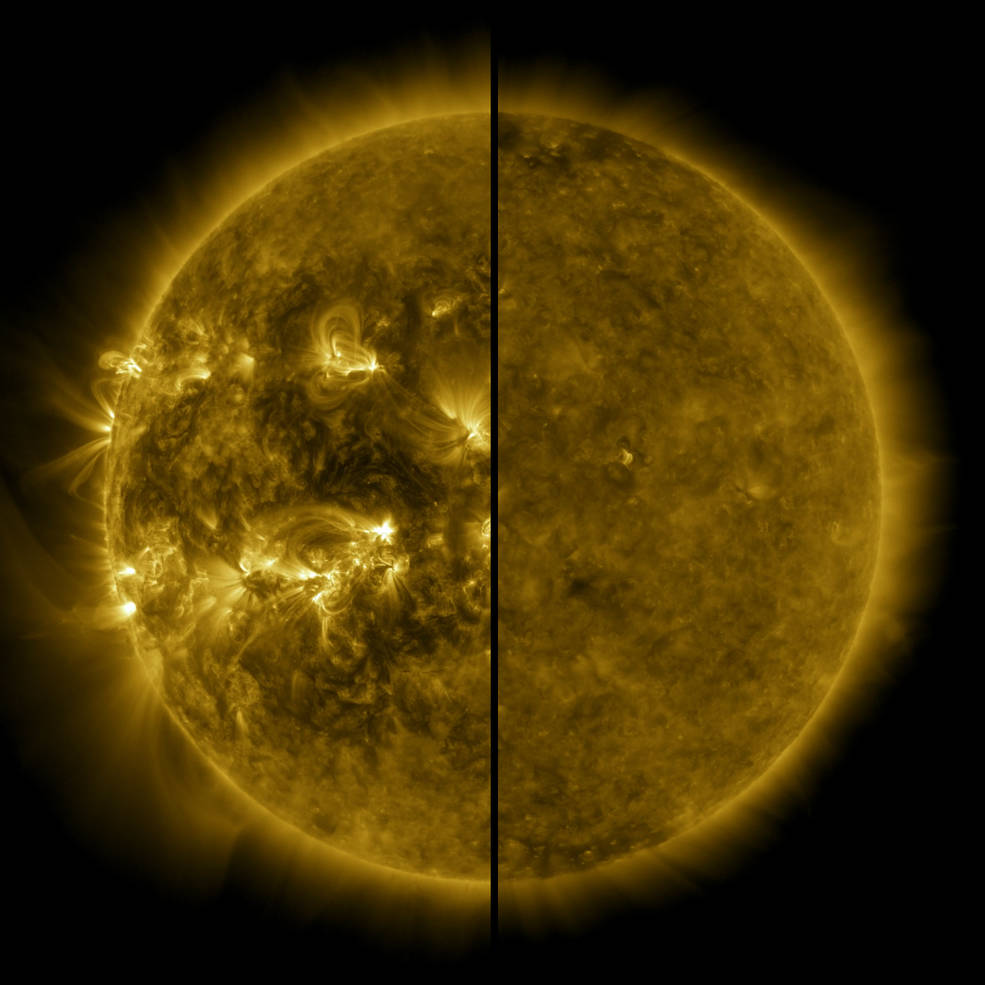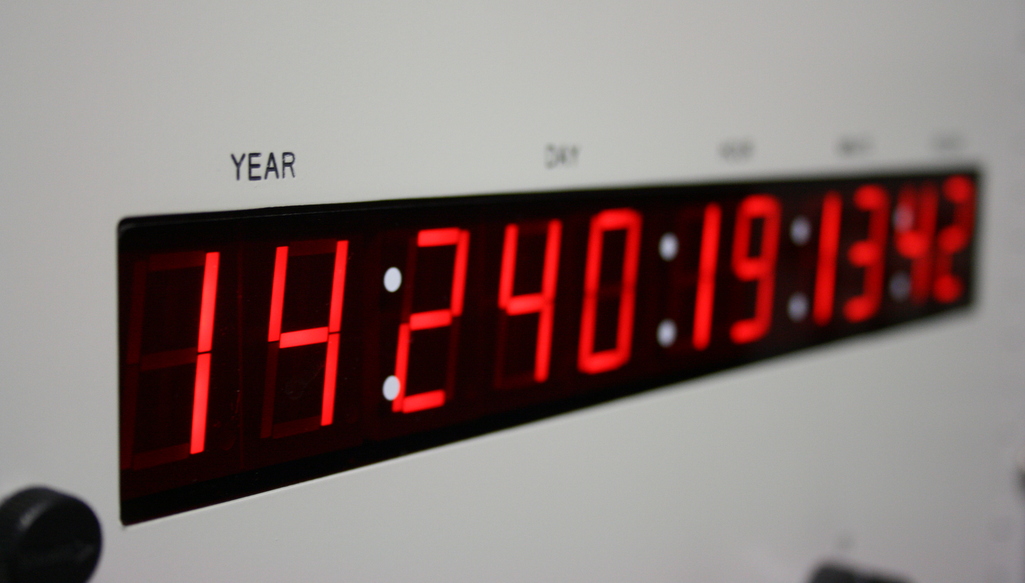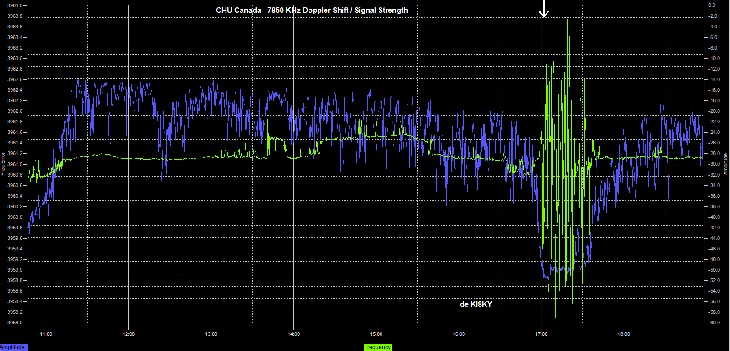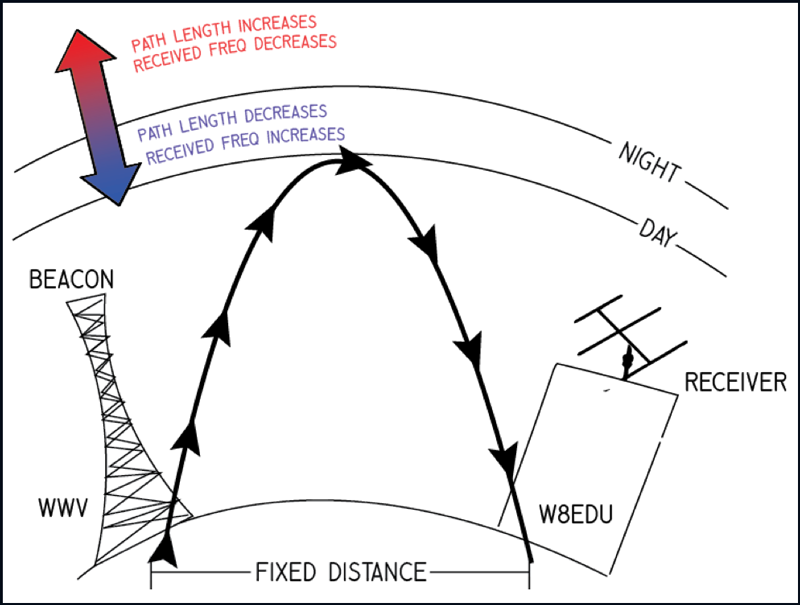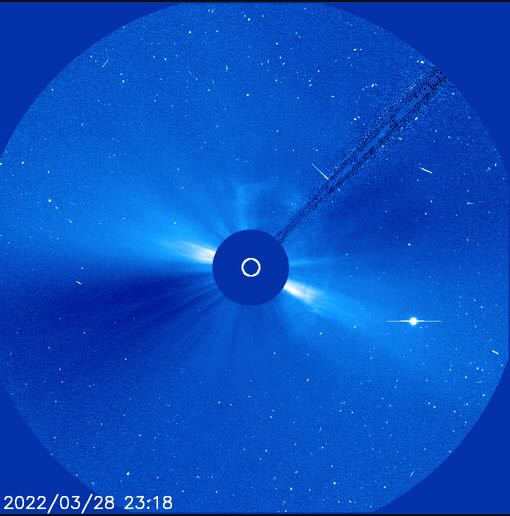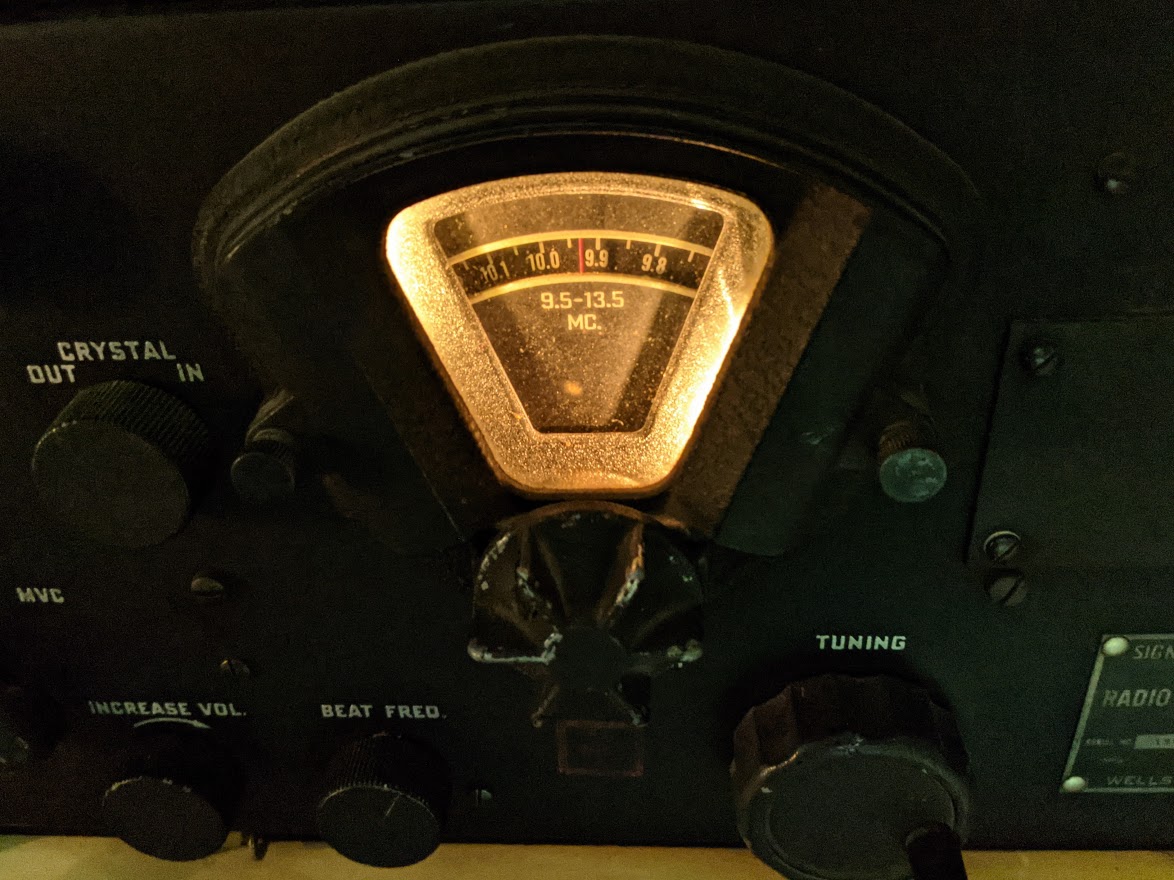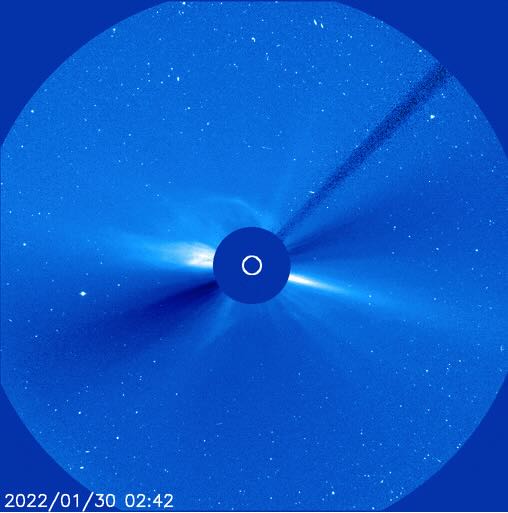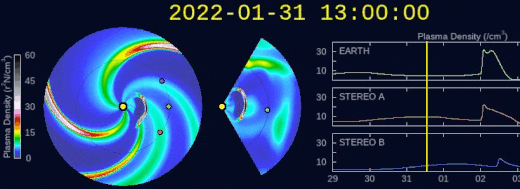
Radio Waves: Stories Making Waves in the World of Radio
Because I keep my ear to the waves, as well as receive many tips from others who do the same, I find myself privy to radio-related stories that might interest SWLing Post readers. To that end: Welcome to the SWLing Post’s Radio Waves, a collection of links to interesting stories making waves in the world of radio. Enjoy!
Much thanks to the many contributors who shared the following items:
Drivers of certain vehicles in Seattle and other parts of Western Washington are shouting at their car radios this week. Not because of any particular song or news item that’s being broadcast, but because an apparent technical glitch has caused the radios to be stuck on public radio station KUOW.
The impacted drivers appear to all be owners of Mazda vehicles from between 2014 and 2017. In some cases the in-car infotainment systems have stopped working altogether, derailing the ability to listen to the radio at all or use Bluetooth phone connections, GPS, the rear camera and more.
According to Mazda drivers who spoke with GeekWire, and others in a Reddit thread discussing the dilemma, everyone who has had an issue was listening to KUOW 94.9 in recent weeks when the car systems went haywire.
KUOW sounded unsure of a possible cause; at least one dealership service department blamed 5G; and Mazda told GeekWire in an official. [Continue reading…]
While it’s been widely contested who actually invented the first radio (both Italian physicist Gugliemo Marconi and Serbian-American inventor and engineer Nikola Tesla were fighting for the first patent, per PBS), it was Marconi who came out top in 1904, when the U.S. Patent Office officially dubbed him the inventor of the new breakthrough technology. According to APM Reports, in 1920, Americans had their first commercially licensed radio station in Pittsburgh, Pennsylvania: KDKA. That number quickly rose after KDKA broadcast the election that saw Warren G. Harding become the 29th president, and by 1924, 500 stations were available for listening.
By 1930, over “40% of American households owned a radio,” per APM Reports. This became known as “The Golden Age of Radio.” As revealed by PBS, in 1930, 12 million Americans owned radios — growing to a whopping 28 million by the end of the decade.
Access to the radio came at a turbulent time in history. As the Great Depression caused widespread suffering for millions of Americans (via History), the households that could afford a radio saw it as a welcome source of entertainment and news that made them feel connected to the rest of the country. These days, with over 15,445 radio stations available in the U.S., it’s clear the radio still remains relevant, but its impact on society truly began nine decades ago. Let’s take a look at the real reason the 1930s were considered “The Golden Age of Radio.” [Continue reading…]
ST. PETERSBURG, February 7. /TASS/. The International Consortium for the Preservation of Arctic Cultural Heritage, based at the Russian State Hydrometeorology University (RSHU), initiated a cross-border radio broadcast in languages of the North’s indigenous peoples, the university’s representative in Moscow Andrei Bryksenkov told TASS.
An application for the broadcast has been filed with the Arctic Council. “The application must be filed from two countries, and we plan to go along with Norway – with the Sami Radio, which is a part of Norway’s big television and radio concern. <…> The idea has been supported at all levels. As for the cross-border broadcast, we, probably, will begin from the shortwave broadcast, as it covers bigger territories and is less costly,” he said.
At the initial stage, the pilot broadcast will be organized on the territories of Finland, Norway and Russia. The project’s initiators are ready to cooperate with other countries. “One transmitter in Krasnoyarsk may cover 80% of the Russian North. Norway has such a transmitter, which covers the Scandinavian territory. Another two transmitters are on Alaska,” he continued. Later on, the broadcast will be also on middle and long waves, thus one frequency will carry 3-4 channels, he added. One of them will be in Russian and English, and the rest – in languages of the indigenous peoples.
The audience will learn about traditions, skills of the peoples living in the North. The content will fully focus on culture. The countries, participating in the project, will open newsrooms. “We hope the general center, which will coordinate the project, will be at the Arctic Council,” he said.
The International Consortium for the Preservation of Arctic Cultural Heritage includes St. Petersburg’s committee on the Arctic, the Arctic museum and exhibition center in St. Petersburg, the Association of indigenous low-numbered peoples of the North, Siberia and Far East, and others. [Read full article…]
The modernization of radio’s regulatory rulebook that began under the prior administration continues at the Federal Communications Commission. It is slated to approve a half dozen changes at the Commission’s February meeting, in what Chair Jessica Rosenworcel says is a “cleaning up” of the broadcast radio rules.
“The Commission’s current rules for full-power and translator radio stations contain a number of provisions that are redundant, outdated, or in conflict with other rules,” said Rosenworcel. She said the proposal would “update and clean up” those provisions “in order to reduce any potential confusion, alleviate unnecessary burdens, and make sure our rules reflect the latest technical requirements.”
The proposed order (MB Docket No. 21-263) would update six rules, while scrap plans to change another. They include –
Eliminate Transmitter Power Limit Rule For AMs.
The draft order says the FCC has tentatively concluded the rule is “outdated and unnecessary” given its current reliance on actual operating antenna input power as the most accurate and effective means of ensuring that AM stations adhere to their authorized power limits. The FCC also agreed with comments filed by the National Association of Broadcasters that said the elimination of the technical restriction will allow AMs of any class to use transmitters of any rated power. That, it says, will benefit all AMs by broadening the market of transmitters, enhancing the secondary market for AM transmitters, and reducing the number of transmitters that need to be disposed of.
Clarify AM Fill-in Area Definition
The FCC is poised to amend the definition of an “AM fill-in area” used when an FM translator simulcasts an AM station. [Continue reading…]
On Thursday, February 3 at 1:13 p.m. EST, Falcon 9 launched 49 Starlink satellites to low Earth orbit from Launch Complex 39A (LC-39A) at Kennedy Space Center in Florida. Falcon 9’s second stage deployed the satellites into their intended orbit, with a perigee of approximately 210 kilometers above Earth, and each satellite achieved controlled flight.
SpaceX deploys its satellites into these lower orbits so that in the very rare case any satellite does not pass initial system checkouts it will quickly be deorbited by atmospheric drag. While the low deployment altitude requires more capable satellites at a considerable cost to us, it’s the right thing to do to maintain a sustainable space environment.
Unfortunately, the satellites deployed on Thursday were significantly impacted by a geomagnetic storm on Friday. These storms cause the atmosphere to warm and atmospheric density at our low deployment altitudes to increase. In fact, onboard GPS suggests the escalation speed and severity of the storm caused atmospheric drag to increase up to 50 percent higher than during previous launches. The Starlink team commanded the satellites into a safe-mode where they would fly edge-on (like a sheet of paper) to minimize drag—to effectively “take cover from the storm”—and continued to work closely with the Space Force’s 18th Space Control Squadron and LeoLabs to provide updates on the satellites based on ground radars.
Preliminary analysis show the increased drag at the low altitudes prevented the satellites from leaving safe-mode to begin orbit raising maneuvers, and up to 40 of the satellites will reenter or already have reentered the Earth’s atmosphere. The deorbiting satellites pose zero collision risk with other satellites and by design demise upon atmospheric reentry—meaning no orbital debris is created and no satellite parts hit the ground. This unique situation demonstrates the great lengths the Starlink team has gone to ensure the system is on the leading edge of on-orbit debris mitigation. [Read at SpaceX…]
Do you enjoy the SWLing Post?
Please consider supporting us via Patreon or our Coffee Fund!
Your support makes articles like this one possible. Thank you!

